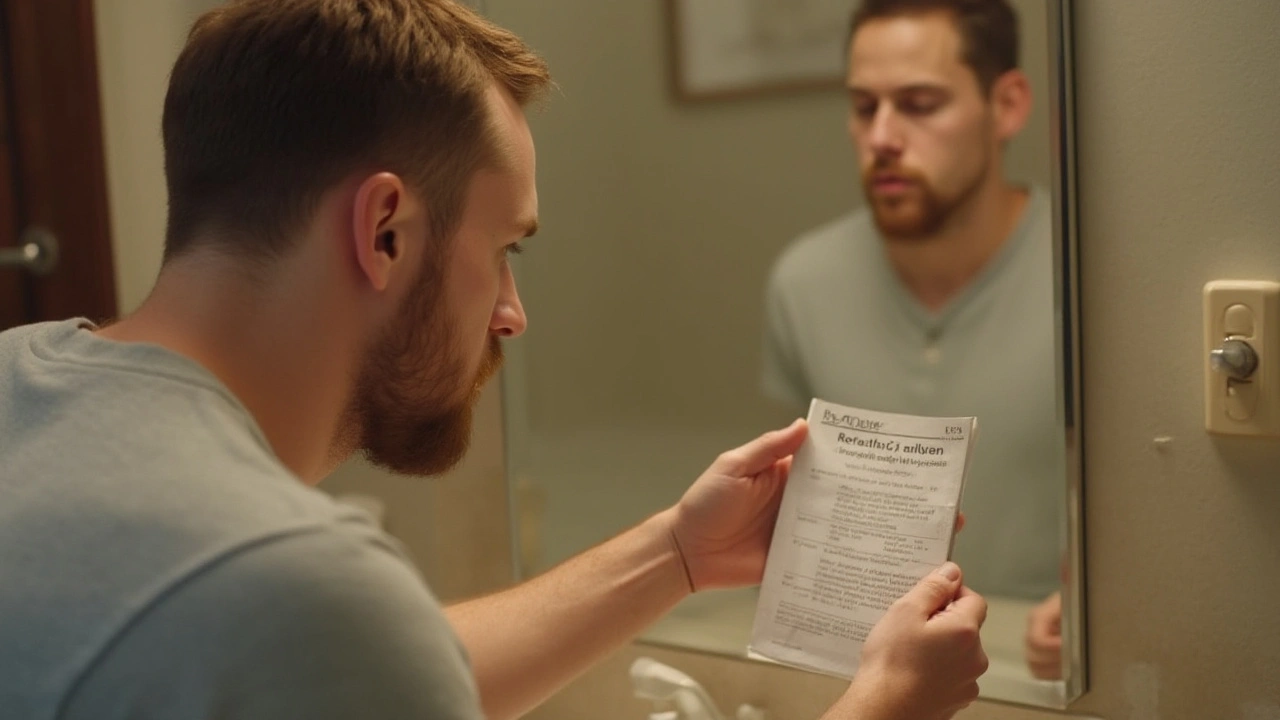
Rogaine 2: Real Results, Facts & User Tips for Hair Regrowth
Everything you need to know about Rogaine 2. Find the facts, honest tips, side effects, and real-life data on this minoxidil solution for fighting hair thinning.
View moreWant thicker, stronger hair without spending a fortune? You’re in the right spot. Below you’ll find straight‑forward advice on what causes hair loss, which supplements actually help, and safe treatment options you can try today.
Most hair loss isn’t a mystery. Hormones, stress, poor diet, and genetics are the usual suspects. When hormones go off‑balance, especially dihydrotestosterone (DHT), follicles shrink and hair thins. Stress spikes trigger a temporary shedding called telogen effluvium – you might notice more hair on your pillow. Lack of protein, iron, or vitamin D also slows growth, because hair needs those nutrients to stay healthy. Knowing the cause helps you pick the right fix.
There are three practical routes: lifestyle tweaks, supplements, and topical meds. Start with a balanced diet—lean protein, leafy greens, nuts, and fish give your hair the building blocks it needs. If you’re low on iron or vitamin D, a simple blood test can guide you to the right supplement.
When it comes to supplements, some have real backing. Biotin (vitamin B7) supports keratin production, but it only helps if you’re deficient. Saw palmetto is a natural DHT blocker that many people find useful. Castor bean oil contains ricinoleic acid, which improves scalp circulation and may reduce breakage. Take a capsule or apply a small amount of oil to the scalp a few times a week—just massage gently and rinse after a few hours.
Topical treatments work fastest for many. Minoxidil (the active ingredient in over‑the‑counter solutions) widens blood vessels and stimulates growth. Use it twice a day on a clean, dry scalp for at least four months before judging results. For prescription‑only options, finasteride tablets lower DHT from the inside out, but discuss potential side effects with a doctor.
Combine these methods for a stronger effect. For example, keep a healthy diet, take biotin or saw palmetto, and apply minoxidil in the evening. Consistency is key—hair grows about half an inch per month, so give any plan at least three months before you see a change.
Finally, protect what you have. Avoid tight hairstyles that pull on the roots, limit heat styling, and use a sulfate‑free shampoo. A gentle scalp massage each night boosts blood flow, which supports the follicles you’re already working to revive.
Ready to start? Pick one change today—whether it’s adding a protein‑rich snack, trying a biotin supplement, or buying a minoxidil bottle. Track your progress with photos every two weeks, and adjust as you learn what your scalp responds to best. With the right mix of nutrition, supplements, and proven topicals, you can give your hair the chance to grow back stronger than before.

Everything you need to know about Rogaine 2. Find the facts, honest tips, side effects, and real-life data on this minoxidil solution for fighting hair thinning.
View more